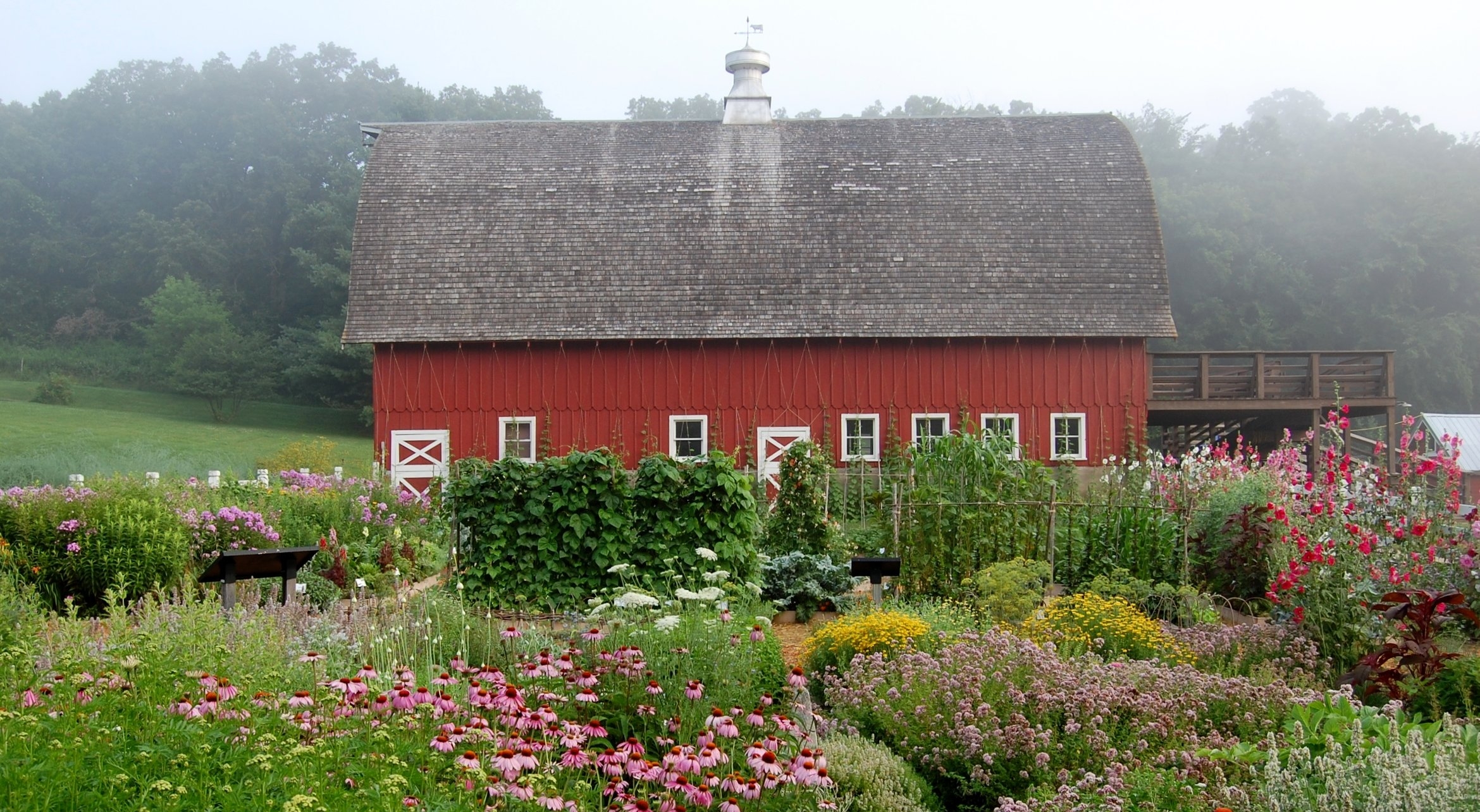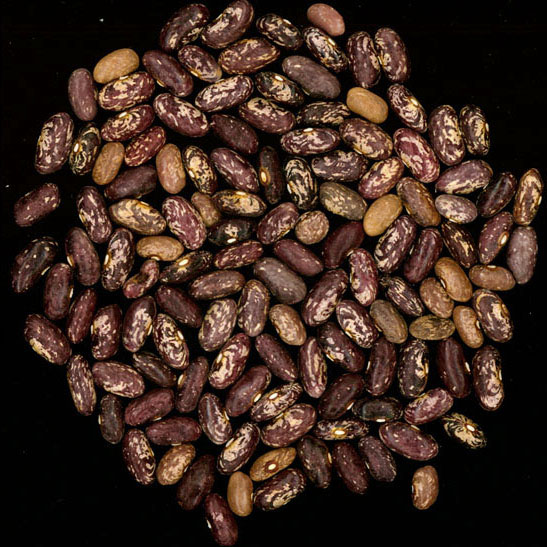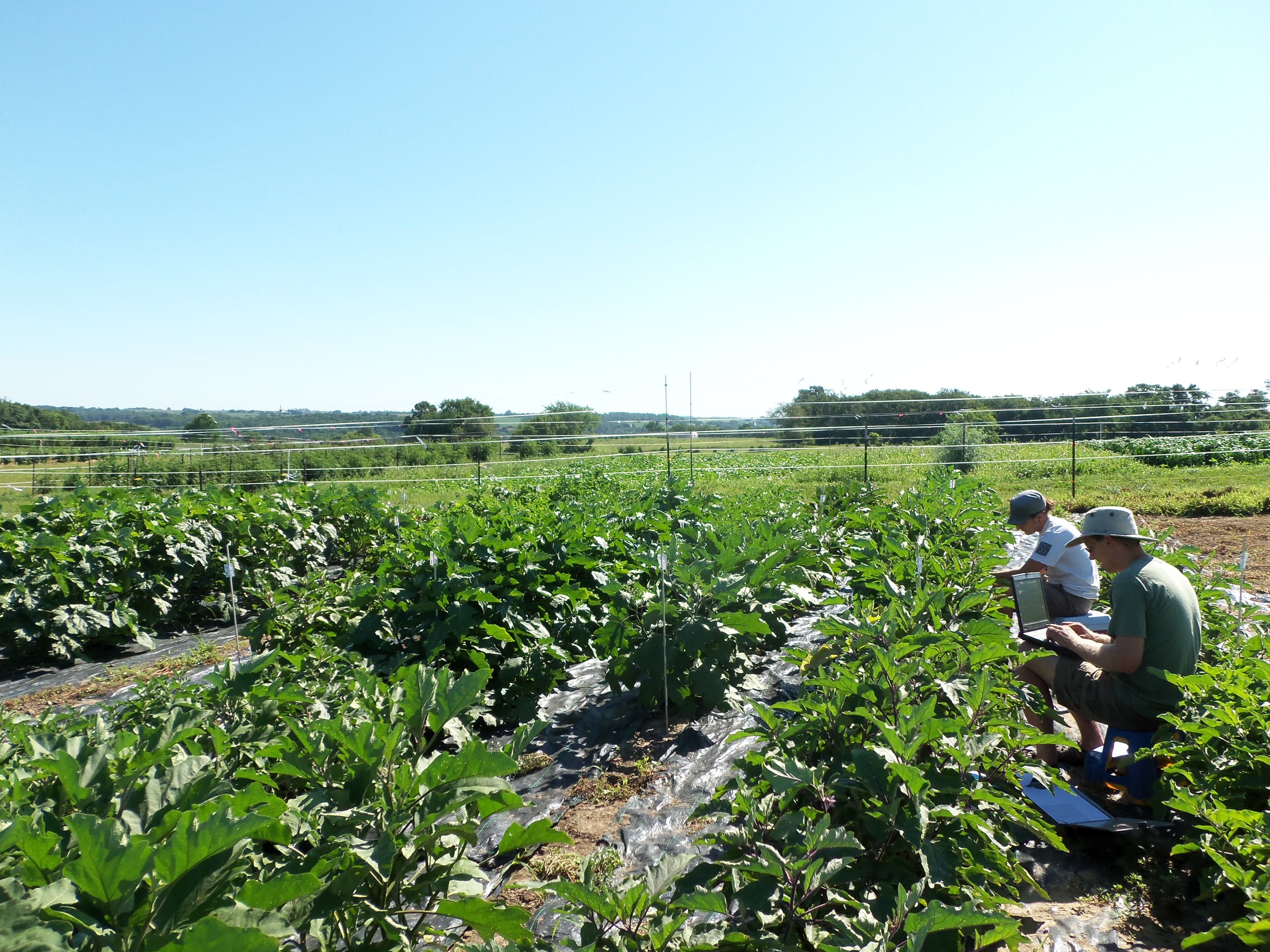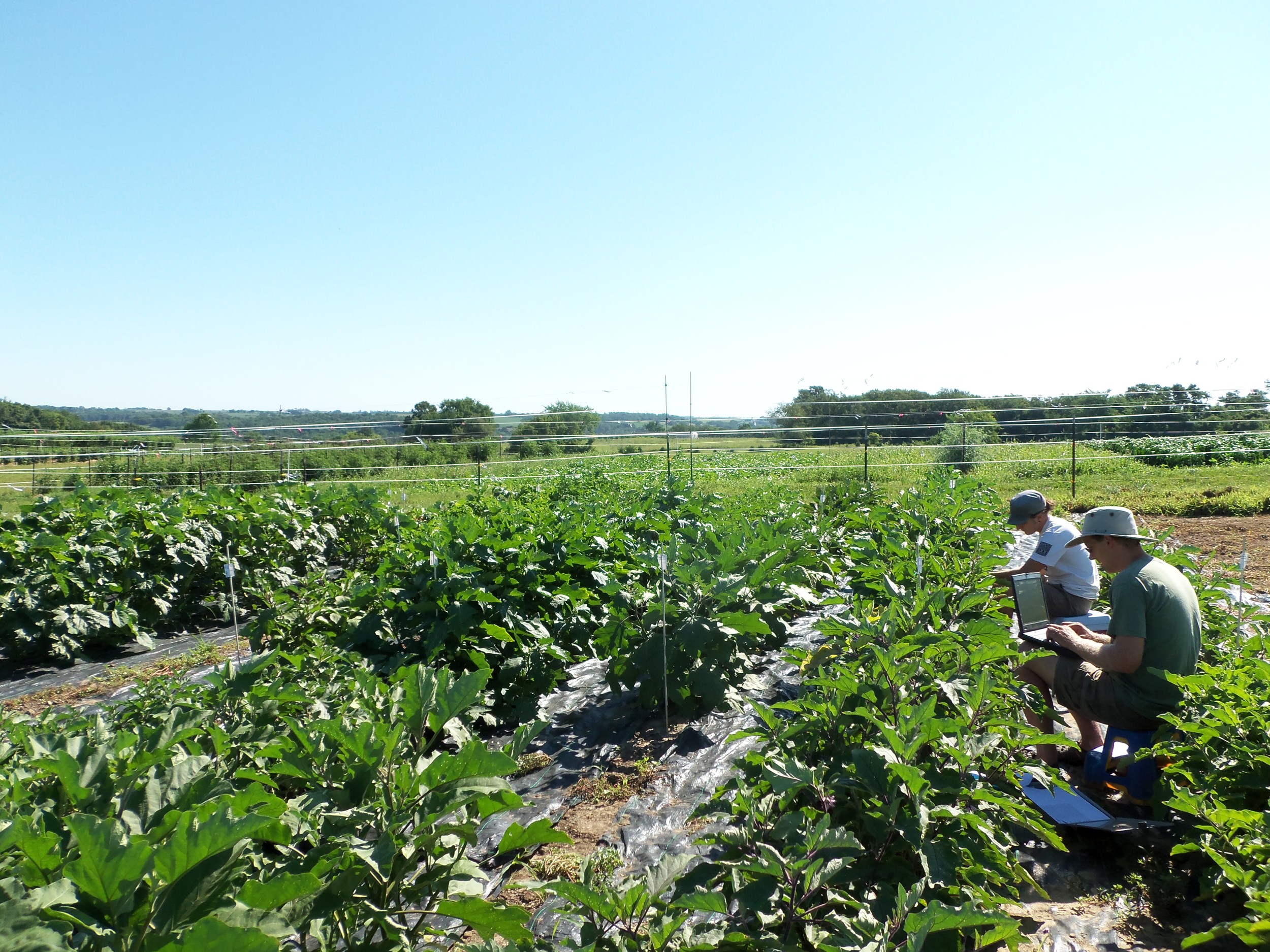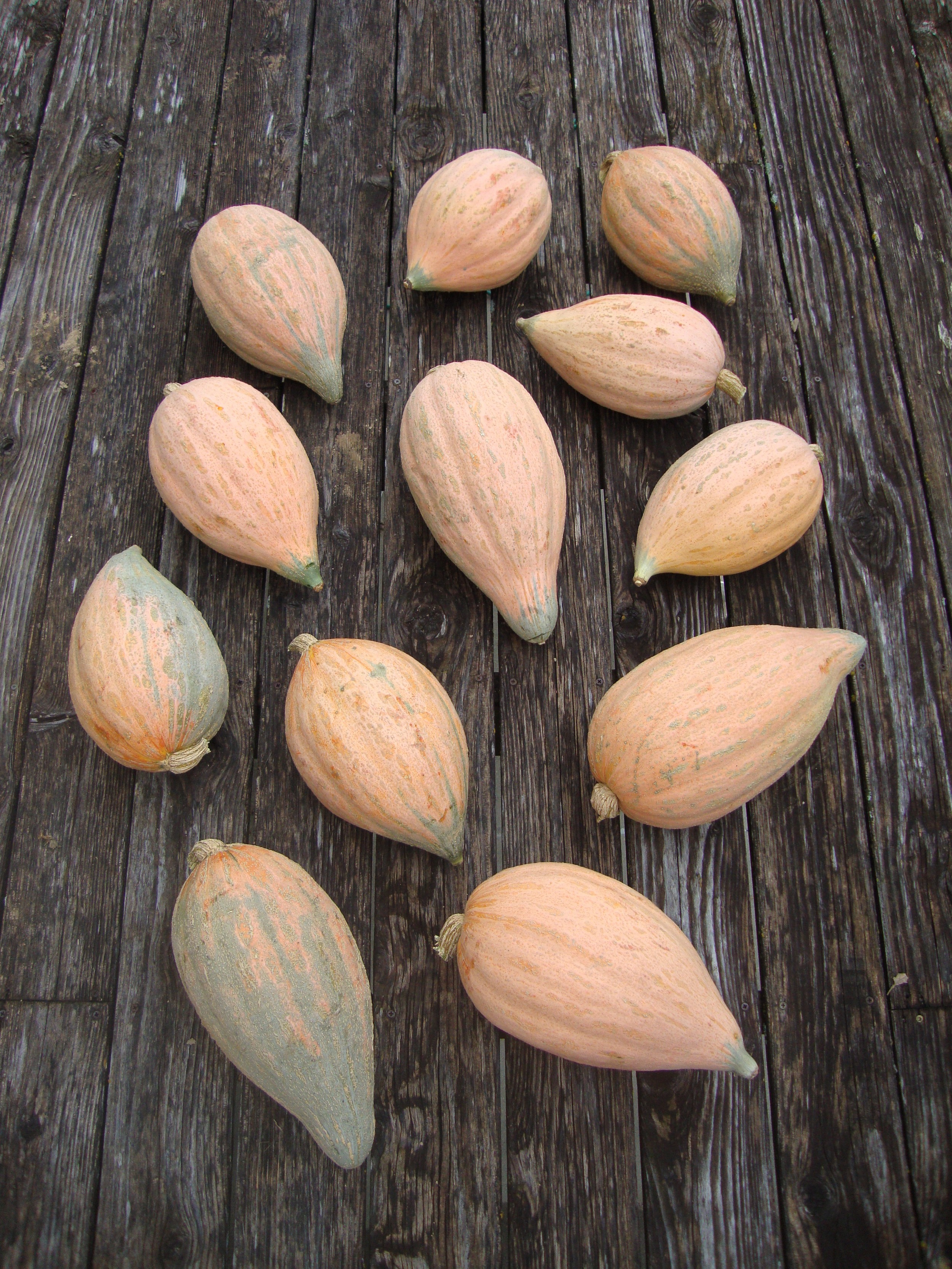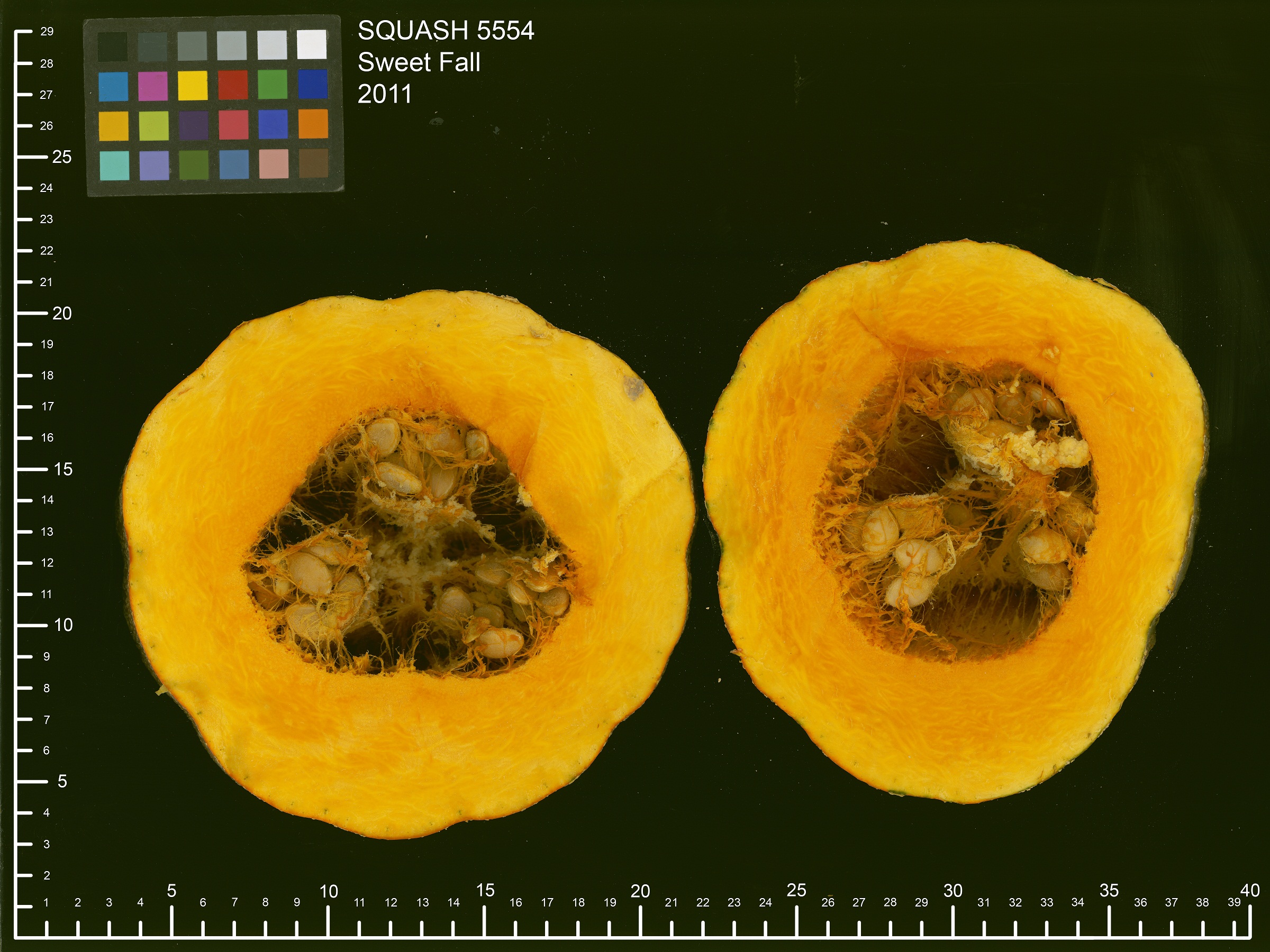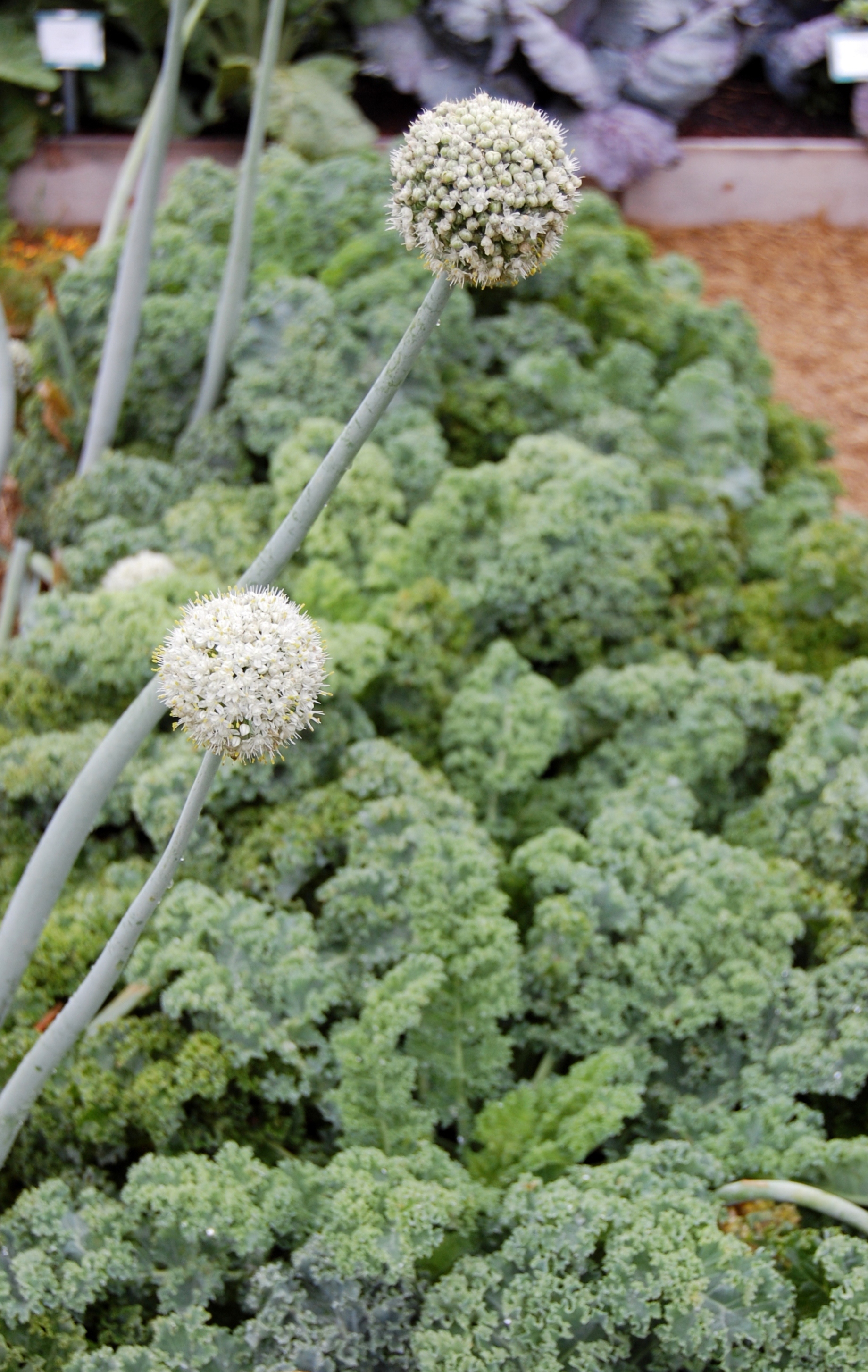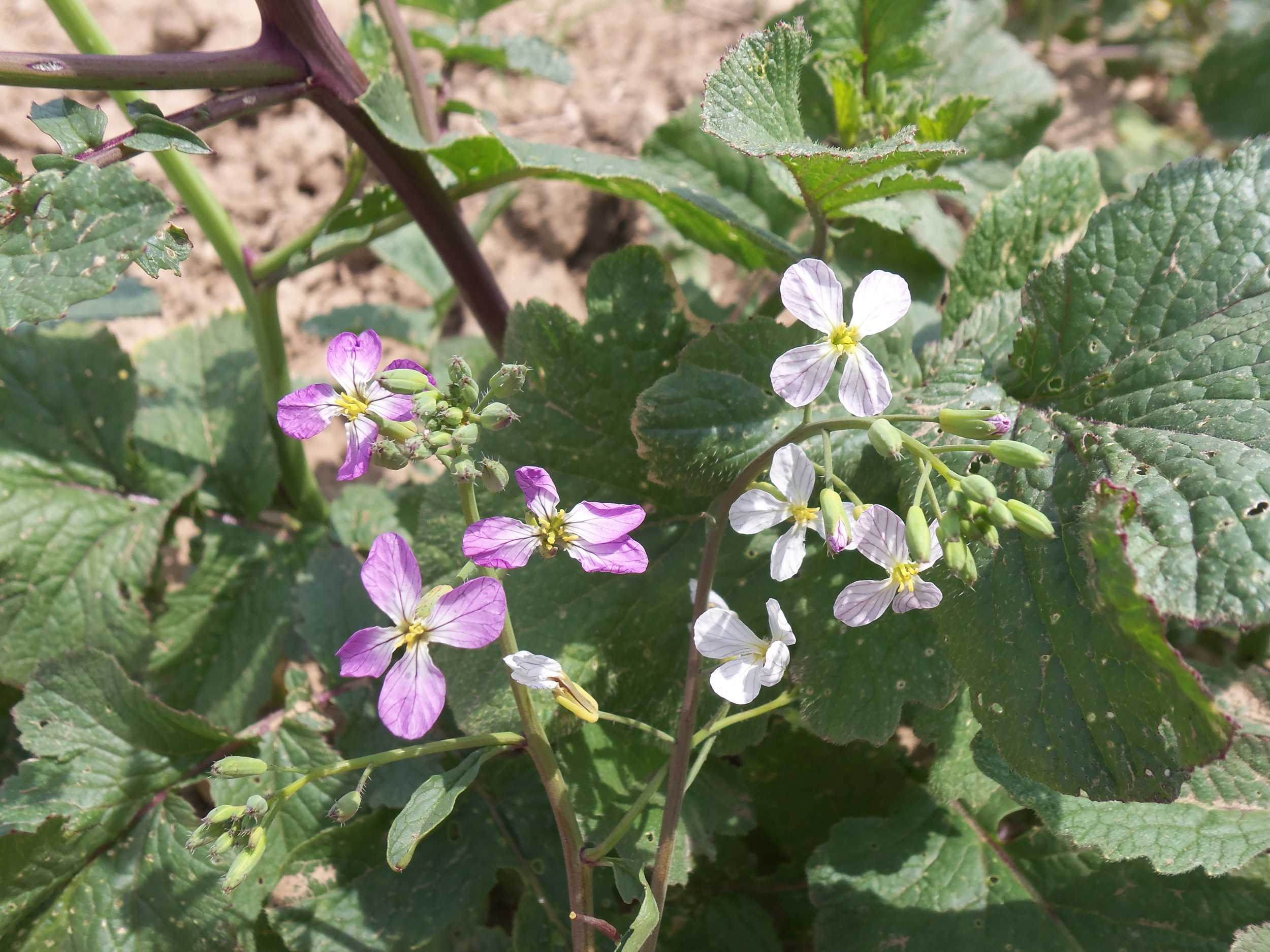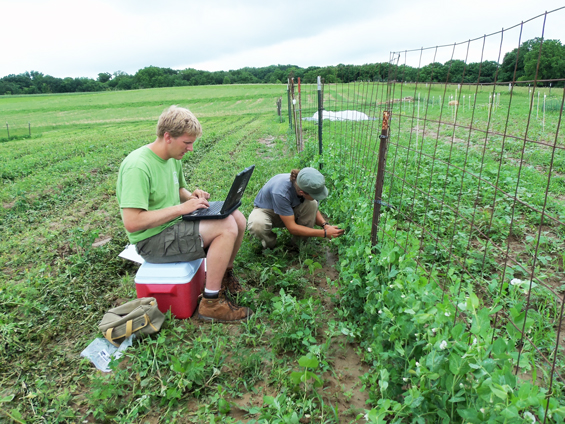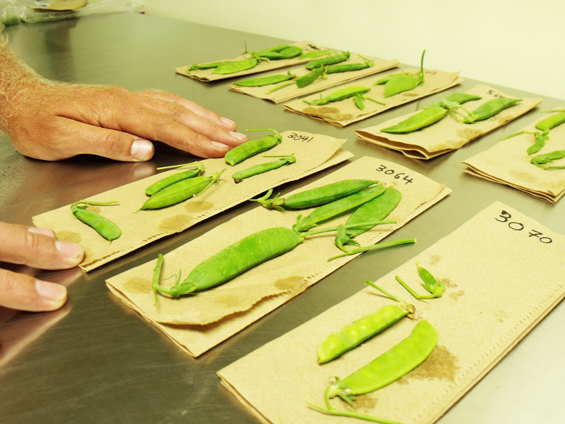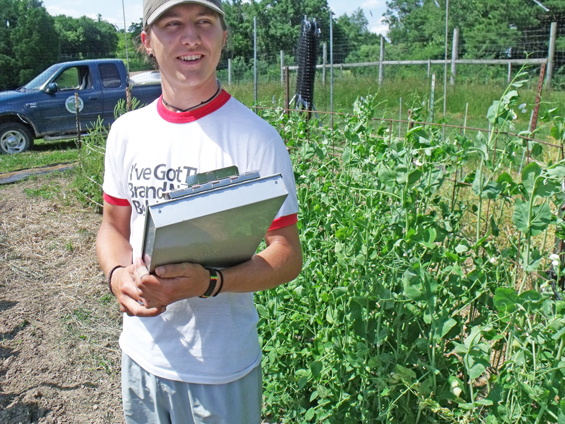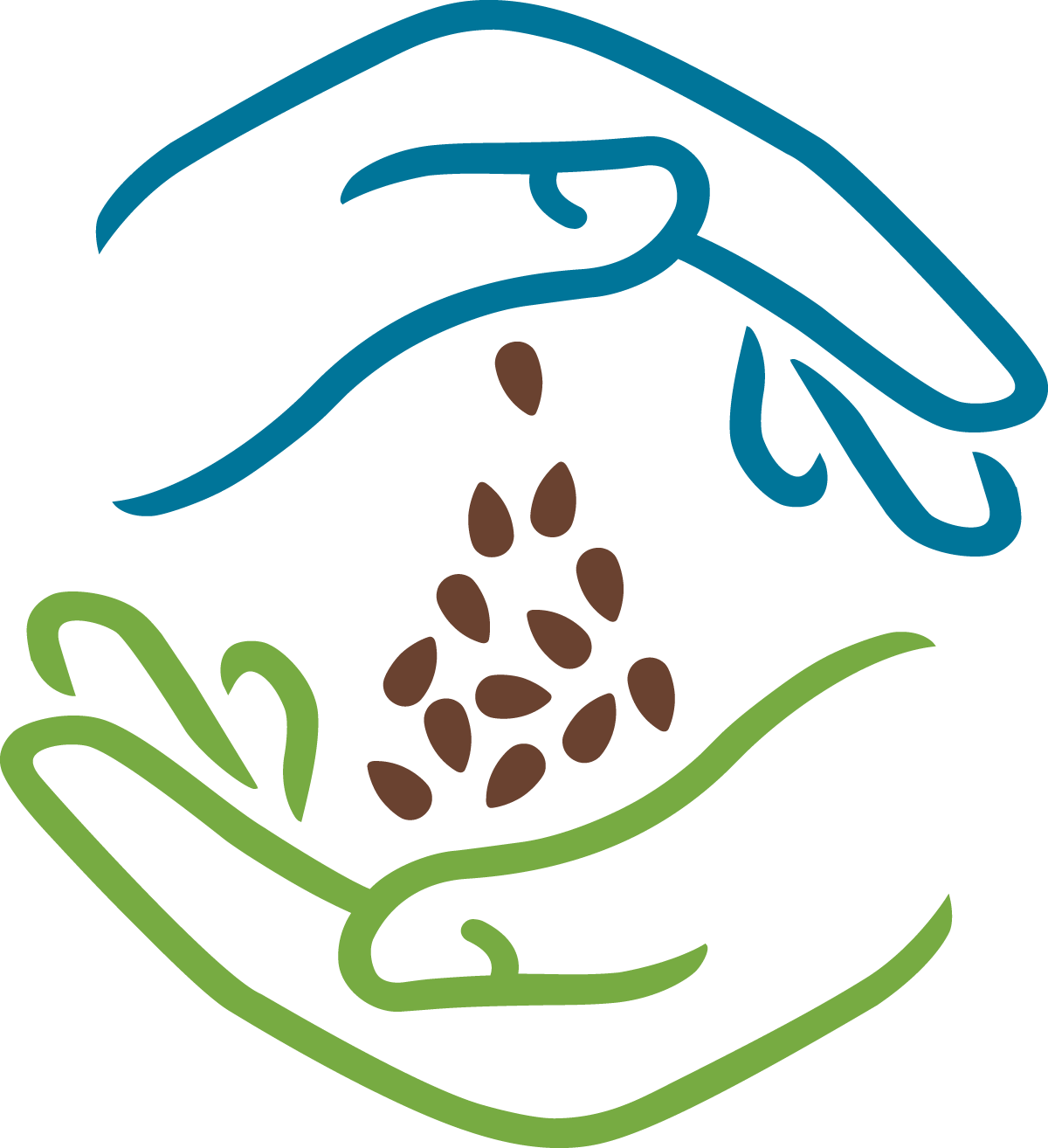Evaluation Program Highlights for 2012
/The Evaluation Program
Maintaining and distributing unique heirloom and open-pollinated seeds is the primary goal of the Seed Savers Exchange (SSE) gene bank. The Evaluation Program is an important link between maintaining varieties at Heritage Farm and getting them into the hands of gardeners, chefs, and farmers.
The Evaluation Program, which is only three years old, was started with the financial support from people like you. The program allows us to collect data on a variety’s traits throughout its life cycle. This data includes characteristics such as plant height, flower color, days to maturity, and fruit size.
- In 2012 staff recorded more than 40,000 evaluation descriptors on over 1,000 different accessions.
Bringing Back Food Culture
The program also evaluates culinary usage—incredibly important in a world of unsustainable eating and forgotten food cultures. Modern fruits and vegetables bred for shipping and uniformity lack the diversity seen in heirloom varieties—like beets, potatoes, cabbages, and apples that store for months in a root cellar; horticultural beans harvested between the snap and dry bean phases for their higher protein content; and melons best suited for baking. The forgotten traits in these varieties are the building blocks to a sustainable food system.
The information collected through the evaluation program serves several purposes. It allows us to:
- Increase our knowledge about each variety and make that information available to gardeners.
- Make informed management decisions about the collection by developing a comprehensive profile of each accession.
- Reintroduce unique and rare varieties into the marketplace.
From the Preservation Gardens
For the first time ever, Seed Savers Exchange is offering a collection of varieties ‘From the Preservation Gardens’ in our catalog this year. These varieties were selected because of their interesting histories, unique characteristics, and popularity with staff—a direct result of the Evaluation Program.
- Join us in our efforts to preserve our garden heritage for future generations to come. With your financial support for the Evaluation Program, we can rediscover our food culture—one variety at a time.
 A tax-deductible donation to Seed Savers Exchange will help us continue to maintain genetic diversity through projects like the Evaluation Program. Support our effort by making a donation or becoming a member online today, or call us at (563) 382-5990 (M-F, 8:30 am – 5:00 pm Central Time).
A tax-deductible donation to Seed Savers Exchange will help us continue to maintain genetic diversity through projects like the Evaluation Program. Support our effort by making a donation or becoming a member online today, or call us at (563) 382-5990 (M-F, 8:30 am – 5:00 pm Central Time).
Thank you for your support,
John Torgrimson Executive Director

P.S. Donate $150 or more before December 31, 2012 and receive a free Seed Savers Exchange 2013 Calendar, which offers a beautiful glimpse of nature's seed bounty at Heritage Farm near Decorah, Iowa, where every seed has a story to tell.
2012 Evaluation Highlights
Horticultural Beans (Shelling Beans)
Eating beans from the pod, when the beans are fully expanded but not yet dry, is becoming a lost culinary tradition in America. The plump, wet, beans do not store well, and they are difficult to shell mechanically because the tender beans cannot tolerate rough handling. For these reasons, shelling beans have been shunned by industrial agriculture. However, the flavor is rich and shelling beans are richer in nutrients than dry beans. We added a horticultural bean taste test to our 2012 bean evaluation and found that most beans taste good as shelling beans, and some taste really good! Many that performed well in our taste test were not necessarily known as shelling beans historically. For example, “Bessie” (Bean 6042) has been passed down maternally in Frances Sullivan’s family for over a century, each generation using it primarily as a green bean for fresh eating and canning.
Tomato 324 ‘D. Jena Lee’s Golden Girl’

This variety really caught our attention in the 2012 taste test. We described it as having “excellent robust flavor, sweet and slightly tart, low-medium acidity, firm and meaty texture but still juicy, great as a slicing tomato.” Curious about the variety, we investigated its history and discovered that it is mis-named in our collection and should be called “Djena Lee’s Golden Girl.” We are not the first to notice its outstanding flavor. It is promoted by Slow Food USA’s Ark of Taste, and won the Chicago Fair’s taste test 10 years in a row in the 1920s and 1930s. Though historically, women played a central role in developing and improving varieties in America’s gardens, Djena Lee was one of the few female plant breeders who enjoyed recognition for her efforts in early 20th century America.
Kohlrabi 44 ‘Giant Czechoslovakian’

Most kohlrabi reach market maturity in 50-60 days and quickly become woody if left in the field. For that reason, we complete our market mature evaluation at 60 days. One variety in our evaluation grow-out, ‘Giant Czechoslovakian,’ did not form a kohlrabi head at 60 days. We thought it did not care for the spring weather. But in our fall grow-out of the same varieties, it again produced no stem-swelling at 60 days. We began to question whether it was really a kohlrabi, or if our seed-stock was compromised by crossing with another Brassica oleracea. We researched similarly named varieties in commercial catalogs, promoted as a 130 day maturity kohlrabi that does not get woody even when large. Then we went back to the long-forgotten spring planting and found enormous kohlrabis! Harvested at 176 days, they tasted great!
Squash 5080 ‘Dostal Cucumber’ Squash
This squash’s oblong shape, size, and dark green mature color make it look somewhat like a cucumber. A staff favorite as a winter squash, this year we evaluated this pepo squash as a summer squash as well. To our surprise, ‘Dostal’ turned out to be a favorite 2012 summer squash - with its dense flesh and mildly sweet flavor. It went on to win accolades again in the 2012 winter squash taste evaluation for its buttery, smooth texture and complex, rich flavor. ‘Dostal’ has proven that we cannot make assumptions about the versatile varieties in our collection based on the limitations of more modern, highly specialized varieties.

